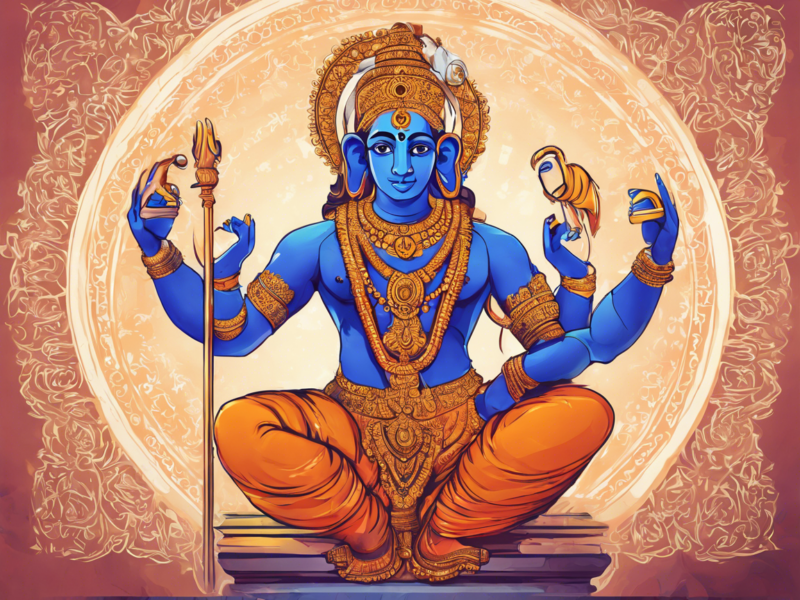The Ayodhya Ram Murti is a symbolic representation of faith, devotion, and history in India. The significance of the Ayodhya Ram Murti transcends its physical form, embodying a rich cultural and religious heritage that dates back centuries. In this comprehensive guide, we will delve into the history, significance, and cultural importance of the Ayodhya Ram Murti.
The Legend of Ayodhya Ram Murti
Origins of Ayodhya Ram Murti
The Ayodhya Ram Murti is believed to depict Lord Ram, a revered figure in Hindu mythology and the central protagonist of the epic Ramayana. Ayodhya, the birthplace of Lord Ram, holds immense significance in Indian culture and history. The Murti serves as a visual representation of Lord Ram’s presence in Ayodhya and symbolizes the enduring belief and devotion of millions of followers.
Historical Significance
The history of the Ayodhya Ram Murti is intertwined with the broader narrative of the Ram Janmabhoomi, the disputed site in Ayodhya where the Babri Masjid once stood. The Babri Masjid was demolished in 1992, leading to widespread communal tensions. The subsequent construction of the Ram Mandir at the site further elevated the importance of the Ayodhya Ram Murti as a symbol of religious identity and unity.
Cultural Impact of Ayodhya Ram Murti
Religious Devotion and Pilgrimage
Devotees from across India and around the world make pilgrimages to Ayodhya to seek blessings at the Ayodhya Ram Murti and offer prayers to Lord Ram. The Murti serves as a focal point for religious activities, ceremonies, and festivals, attracting devotees who seek spiritual solace and divine intervention in their lives.
Artistic Representation
The Ayodhya Ram Murti is not just a religious symbol but also an artistic masterpiece. Skilled craftsmen and sculptors have crafted intricate designs and motifs on the Murti, showcasing the rich artistic heritage of India. The Murti’s aesthetics and craftsmanship reflect the cultural beauty and artistic flair of the region.
Preservation and Restoration Efforts
Efforts are being made to preserve and protect the Ayodhya Ram Murti for future generations. Conservationists and heritage enthusiasts are working to ensure that the Murti remains intact and well-maintained, serving as a beacon of cultural and religious heritage. Restoration projects aim to maintain the Murti’s structural integrity and aesthetic appeal, safeguarding it from damage and decay.
FAQs about Ayodhya Ram Murti
1. What is the significance of the Ayodhya Ram Murti in Hindu mythology?
The Ayodhya Ram Murti symbolizes Lord Ram, a revered deity in Hinduism and the hero of the epic Ramayana. It holds immense religious and cultural importance for devotees.
2. Why is Ayodhya considered the birthplace of Lord Ram?
Ayodhya, located in present-day Uttar Pradesh, India, is believed to be the birthplace of Lord Ram according to Hindu mythology. The city holds great significance for followers of Lord Ram.
3. How has the Ayodhya Ram Murti contributed to religious unity in India?
The Ayodhya Ram Murti serves as a unifying symbol for millions of devotees across different religious and cultural backgrounds. It embodies the shared belief in Lord Ram and fosters a sense of spiritual connection among followers.
4. What artistic elements can be found in the Ayodhya Ram Murti?
The Ayodhya Ram Murti features intricate designs, motifs, and sculptural details that showcase the artistic brilliance of craftsmen. Its aesthetic appeal and craftsmanship make it not just a religious symbol but also a work of art.
5. How are restoration efforts helping to preserve the Ayodhya Ram Murti?
Conservationists and heritage experts are actively involved in restoration projects to ensure the structural integrity and aesthetic beauty of the Ayodhya Ram Murti. These efforts aim to safeguard the Murti for future generations to appreciate and cherish.
In conclusion, the Ayodhya Ram Murti stands as a timeless symbol of faith, devotion, and cultural heritage in India. Its legacy continues to inspire millions of devotees and art enthusiasts, embodying the enduring power of belief and the beauty of artistic expression.




